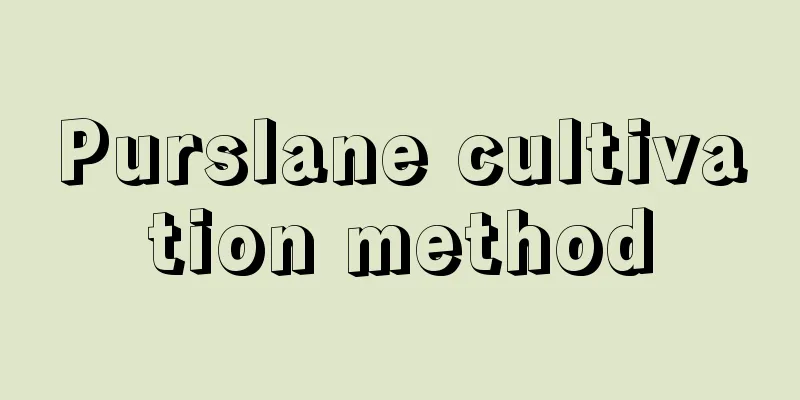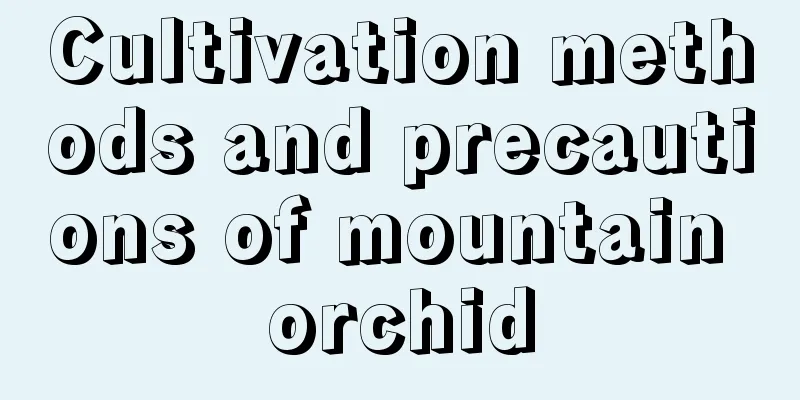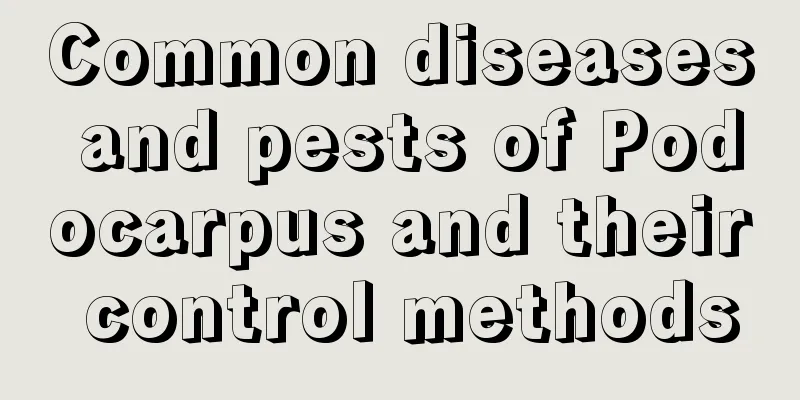Purslane cultivation method

1. Maintenance methods1. Temperature: It has strong adaptability, but it grows relatively more vigorously in warm places. Generally speaking it is around fifteen to twenty-eight degrees. However, both its cold resistance and heat resistance are relatively good, so generally no special adjustment is required. 2. Light: Purslane does not require much sunlight and can grow better under weak light conditions. In addition, it is generally not harmed by strong light because it is also relatively resistant to strong light. Can be placed in a semi-shaded place. 3. Watering: Similarly, Purslane is highly adaptable to water because it is a type of plant that is both very drought-resistant and very water-resistant. Generally speaking, there will be no harm as long as you don't stop watering for a long time. You can keep the soil in a semi-moist state. 4. Fertilization: Purslane does not require much fertilizer. As long as you choose good quality soil with relatively high nutrients, you basically do not need to apply fertilizer afterwards. 2. Breeding techniques1. Reproduction: A common method is sowing. Choose good seeds and then choose a location for sowing. Since its seeds are relatively small, you can first mix them into fine sand and then sprinkle them evenly in the ditch. After spreading them, just cover them with a small amount of soil. After sowing, keep the temperature suitable so that the seeds can germinate in two to four days. 2. Pruning: Purslane grows very vigorously, and sometimes the leaves appear messy. They can be slightly trimmed, but not too much. More importantly, for Purslane planted on a large scale, once a disease is discovered, it is best to remove the diseased plants in a timely manner, otherwise it will easily expand the affected area. 3. Problem diagnosis and treatment1. Diseases: Generally speaking, Purslane does not have too many diseases. They are relatively more common in summer, including "anthracnose" and so on. The diseased plants can be cut off directly, and it is best to use some pesticides. 2. Pests: There are not too many pests. When they appear, you can spray some pesticides against them in time, which will be more effective. IV. Other issues1. Toxicity: It is not toxic in itself and therefore will not cause any harm. 2. Can it be grown at home? Generally speaking, no, because it is not an ornamental plant. |
<<: How to cultivate Green King
>>: How to grow the hairy tamarisk
Recommend
How long does it take for a mango tree to bear fruit?
Mango trees bear fruit after several years of pla...
When does bougainvillea bloom and why doesn't it bloom
1. Flowering time The flowering time of Bougainvi...
How to propagate Heliconia
The first method: sowing method Heliconia is an i...
What to do if the spring grass doesn't curl? Can I cut the leaves?
1. What to do if you don’t want to roll 1. Change...
Which variety of bougainvillea is the most beautiful and blooms frequently?
1. Golden Heart Dual Color Golden Heart Bicolor i...
Cultivation methods and precautions of Andrographis paniculata
1. Maintenance methods 1. Temperature: It is best...
Advantages and disadvantages of Abraham roses and their disease resistance
The Abraham rose is a rose from the UK. It is an ...
Do sunflowers need watering every day?
Do you water your sunflowers every day? Sunflower...
Is Camellia suitable for indoor cultivation?
1. Is it suitable for indoor breeding? The flower...
How to grow primroses
1. Selection of cultivation soil Soil selection i...
What kind of soil do orchids like? Do they prefer acidic soil or alkaline soil?
1. What kind of soil do you like? Orchids like sl...
How to prepare nutrient soil for growing flowers?
Requirements for nutrient soil preparation Nutrie...
What flowers are suitable for growing in Southeast Guizhou? What are the city flowers and trees?
1. Climate characteristics of Southeast Guizhou S...
Eat these 5 foods in autumn to keep you healthy!
Lack of exercise, eat more "green" Gree...
What fungicide is good for black spot?
Black spot is a bacterial disease that occurs in ...









